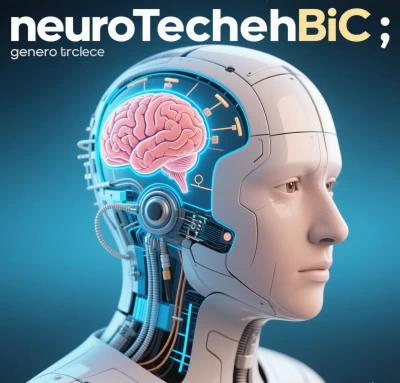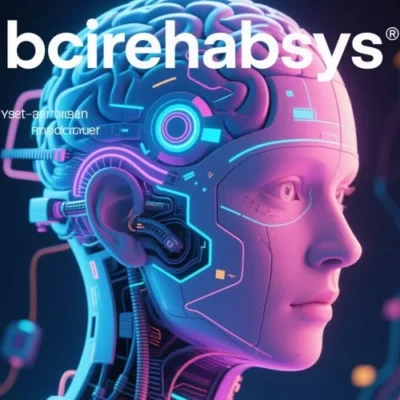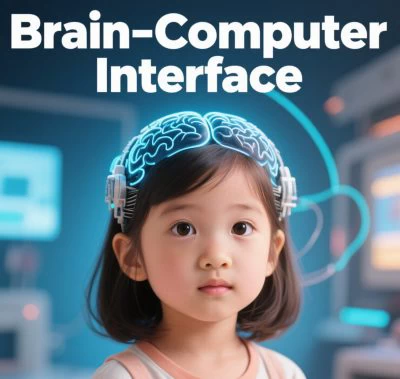 The year 2025 marks a pivotal inflection point for brain-computer interface (BCI) technology, transitioning from laboratory prototypes to tangible clinical and commercial applications. Driven by policy tailwinds, engineering breakthroughs, and accelerating human trials, BCIs are redefining neurorehabilitation, human-machine interaction, and cognitive enhancement.
The year 2025 marks a pivotal inflection point for brain-computer interface (BCI) technology, transitioning from laboratory prototypes to tangible clinical and commercial applications. Driven by policy tailwinds, engineering breakthroughs, and accelerating human trials, BCIs are redefining neurorehabilitation, human-machine interaction, and cognitive enhancement.
I. Clinical Translation: From Feasibility to Scalability
1. Human Trials at Unprecedented Scale
Global clinical pipelines now exceed 25 active human trials for implantable BCIs, with over 70 cumulative procedures conducted worldwide. Key advancements include:
- Synchron’s Stentrode™: The minimally invasive endovascular electrode array achieved the largest concurrent trial cohort (10 patients), enabling paralyzed users to control digital devices via thought—without craniotomy.
- Neuralink’s N1 Implant: Following three successful human implants in early 2025, plans for 20–30 additional procedures this year aim to refine motor intent decoding for quadriplegia.
- China’s “Brain Talk” System: Three fully implanted BCI surgeries completed in March 2025 restored communication and mobility for spinal injury patients using high-channel-count bidirectional chips.
2. Non-Invasive Innovations
- Tianjin University’s “Dual-Loop” BCI: Published in Nature Electronics, this AI-enhanced system uses memristor-based neuromorphic chips to enable mutual adaptation between brain signals and decoders, boosting accuracy for wheelchair control and neuroprosthetics.
- Wireless EEG Systems: Next-generation wearable headsets now achieve sub-0.1-second latency, enabling real-time fatigue detection in drivers and industrial operators.
II. Hardware Revolution: Breaking Biological Barriers
1. Advanced Electrodes & Chips
Fig. 1: Flexible graphene electrode arrays enable high-resolution neural signal acquisition with minimal tissue damage.
- High-Density Flexible Arrays: New polymer-based electrodes with 1,024+ channels provide stable, long-term cortical signal capture while reducing glial scarring.
- Bidirectional Chips: Chinese-developed processors now simultaneously record neural activity and deliver precision stimulation for closed-loop epilepsy/seizure intervention.
2. Implant Robotics & Power Systems
- Autonomous surgical robots reduce electrode implantation time by 60%, while ultrasonic wireless power transfer extends device longevity beyond 5 years.
III. Policy & Commercialization: Accelerating Global Adoption
1. Regulatory Catalysts
- China’s 2025 Action Plans: Beijing and Shanghai unveiled dedicated BCI roadmaps fast-tracking clinical approvals, IP protection, and industrial clusters.
- FDA Breakthrough Designations: Expedited reviews aim for first commercial implant approvals by late 2025.
2. Market Expansion
- Medical Dominance: BCIs now assist in treating depression, ALS, and stroke rehabilitation, with a projected 400B–1.45T global medical market by 2040.
- Consumer & Industrial Use Cases:
- Gaming: Non-invasive headsets enable gesture-free VR control.
- Workplace Safety: Construction helmets with integrated EEG detect attention lapses.
- Military: Brain-controlled drone swarms undergo field testing.
IV. Emerging Frontiers: Beyond Healthcare
1. Cognitive Augmentation
Early trials demonstrate BCIs enhancing memory recall by 25% in age-related cognitive decline, while neurofeedback systems optimize focus in students.
2. Cross-Domain Integration
- AI Synergy: Large language models (LLMs) now interpret neural signals 5× faster, enabling near-instant speech synthesis for locked-in patients.
- Smart Environments: BCI-enabled homes adjust lighting/temperature by detecting occupants’ cognitive states.
3. Neuroethics Framework Development
Global consortia are drafting protocols for data privacy, consent protocols for cognitively impaired users, and anti-hacking neural security standards.
V. Global Leaders & Technological Differentiation
| Region | Competitive Advantage | Key Players/Projects |
|---|---|---|
| USA | Full-implant systems, AI integration | Neuralink, Synchron, Paradromics |
| China | Bidirectional chips, policy support | BrainTalk, NeuCyber, Borui Medical |
| EU/Australia | Minimally invasive tech, materials science | Synchron Europe, Precision Neuroscience |
VI. Challenges & Future Trajectory
1. Persistent Barriers
- Long-Term Biocompatibility: Electrode degradation remains a hurdle for >10-year implants.
- Decoding Complexity: Interpreting abstract thoughts (e.g., emotions) requires orders-of-magnitude more data.
- Cost: Current systems exceed $250,000, limiting accessibility.
2. 2025–2030 Outlook
- Medical: BCIs will become standard for paralysis, depression, and chronic pain by 2030.
- Consumer: Non-invasive gaming/wellness headsets to drop below $500 by 2026.
- Cognitive Evolution: Brain-to-brain communication and extended sensory perception (e.g., “feeling” infrared) entering preclinical testing.
Data sourced from public scientific and industry references.
For collaboration or licensing inquiries, contact: chuanchuan810@gmail.com.




